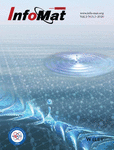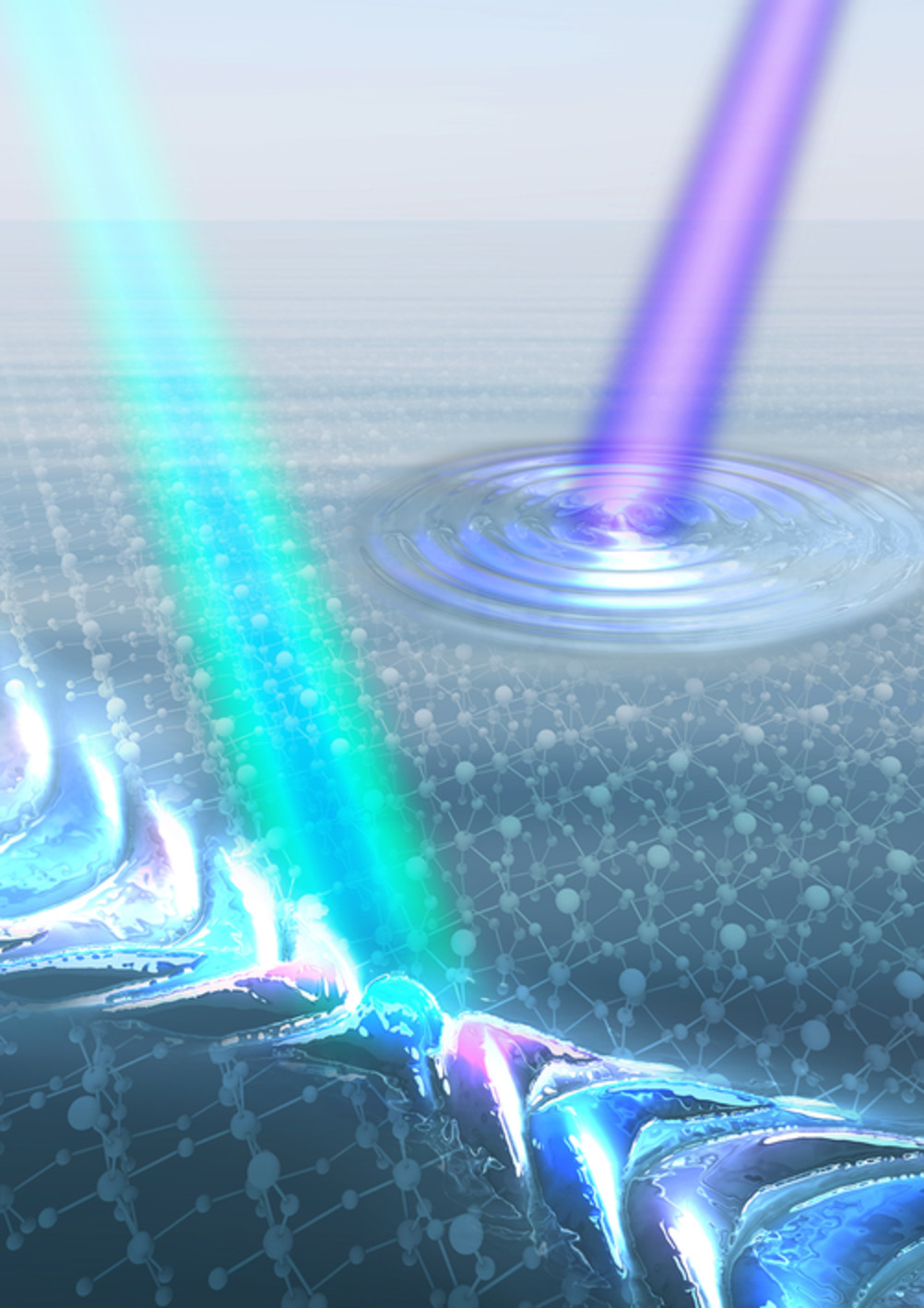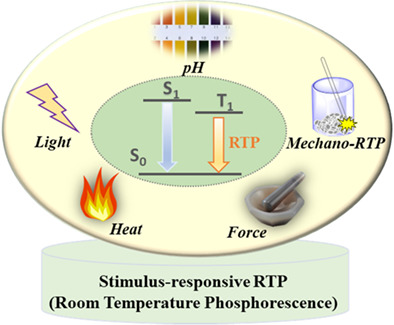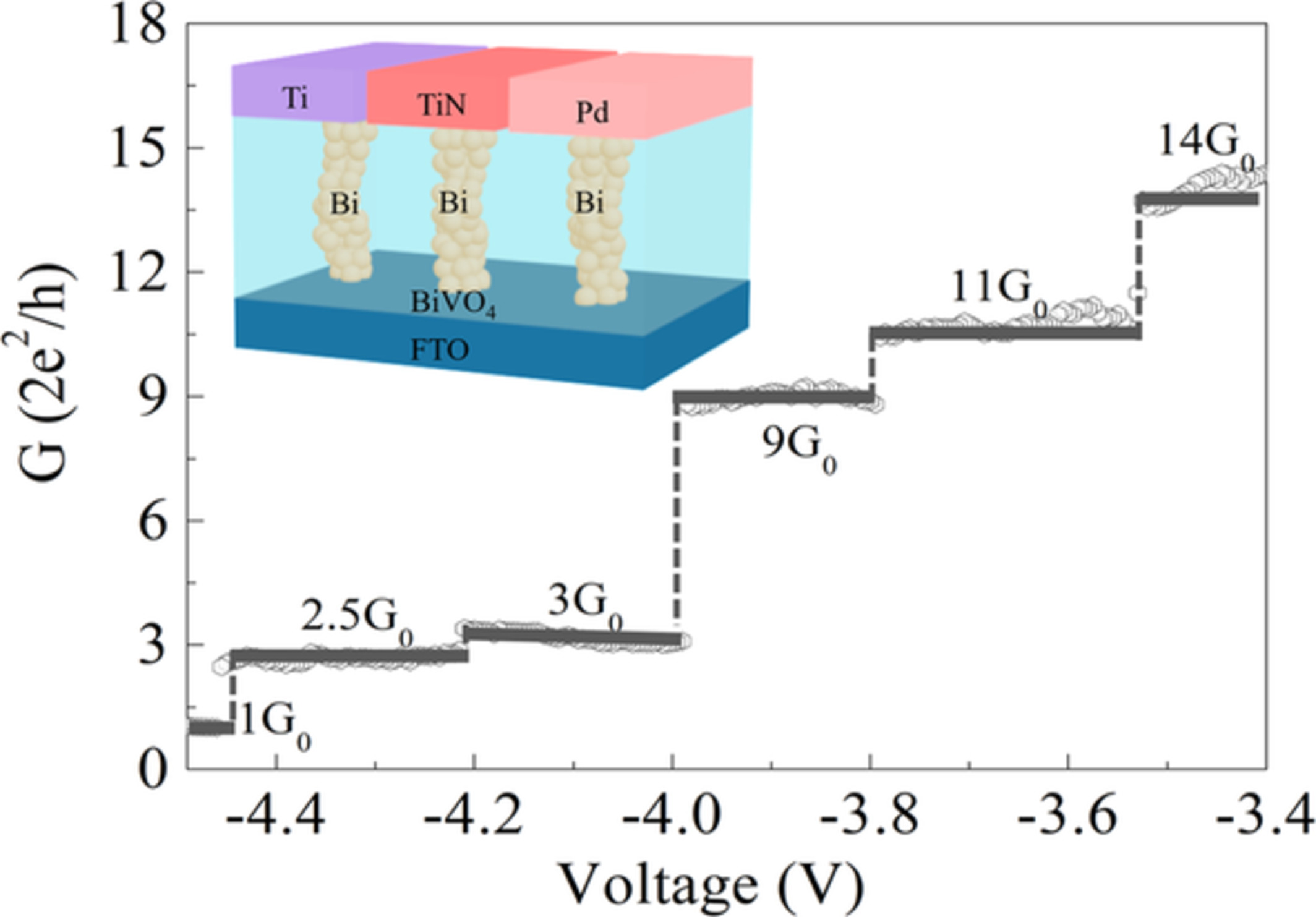Journal list menu
Export Citations
Download PDFs
COVER IMAGE
Cover Image
- First Published: 22 July 2020
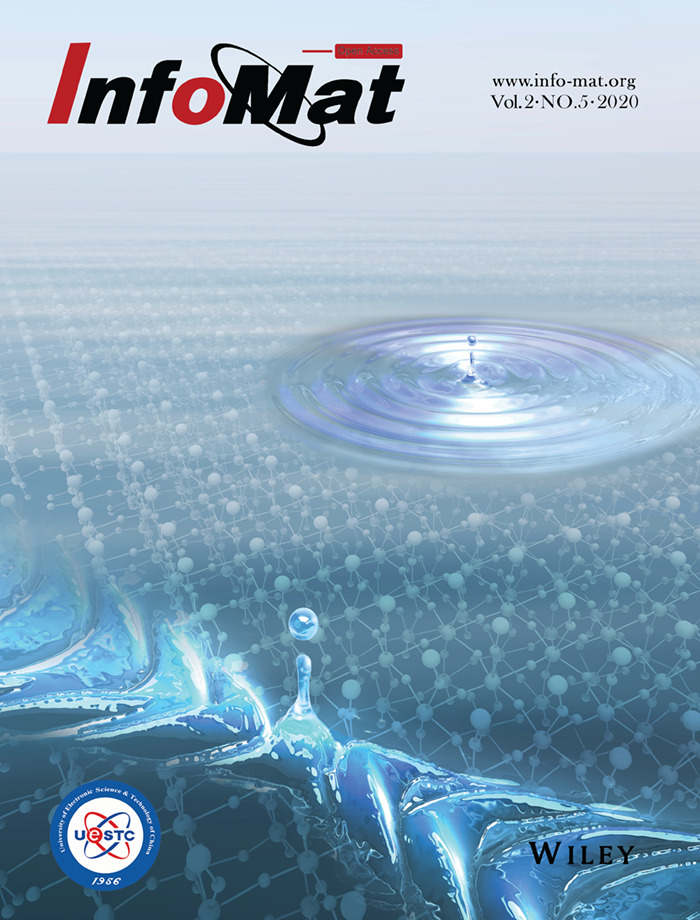
Polaritons can be considered as a ‘hybrid’ particle made up of light and matter. Polaritons may bahave “anisotropically” in certain medium where the structural and electronic properties are different in different directions. Such phenomenon is very intriguing as it enables enhanced density of optical states and ray-like directional propagation of polaritons. The authors of this manuscript (DOI: 10.1002/inf2.12119) give an overview of the recent progress in in-plane anisotropic polaritons launched and visualized in the near-field range in 2D layered van der Waals materials. Future prospects in this emerging but promising field are featured on the basis of its potential applications in flat optics, thermal heat management, bio-sensing or quantum optics.
INSIDE COVER IMAGE
Inside Cover Image
- First Published: 22 July 2020
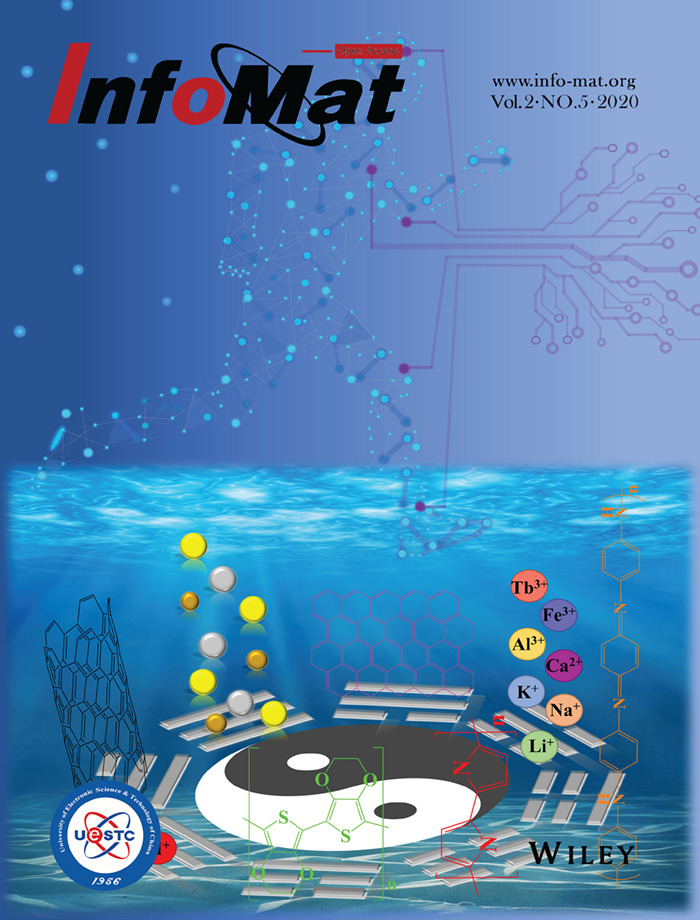
Conductive hydrogels are promising candidates for the fabrication of flexible electronics by integrating electron-conductive or ion-conductive components in hydrogels, transferring the stimuli-responsiveness into electrical signals and collecting physiological signals for monitoring human health. (DOI: 10.1002/inf2.12113)
BACK COVER
Back Cover
- First Published: 22 July 2020
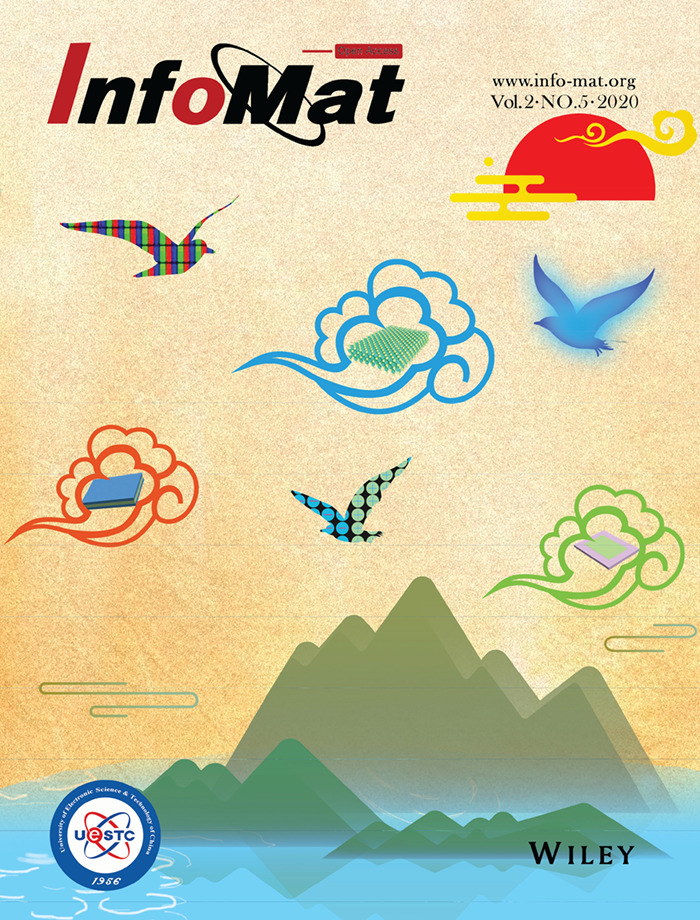
Two-dimensional (2D) CdSe Nanoplatelets (NPLs) have proven to be an excellent optoelectronic material with many unique optical properties. In this cover, the flat design represents the world of two-dimensional materials. CdSe NPLs have high-purity color emission and a wide adjustable emission range. This is like the colorful auspicious clouds generated by the interaction of sun and clouds. The flying Birds in the sky represent various applications derived from CdSe NPLs. The birds filled with different patterns represent display applications, optical gain applications, and optoelectronic applications. The 2D CdSe NPLs material brings a colorful two-dimensional world, representing its great development potential in the future. (DOI: 10.1002/inf2.12106)
ISSUE INFORMATION
REVIEW ARTICLES
Anisotropic polaritons in van der Waals materials
- Pages: 777-790
- First Published: 28 April 2020
Stimulus-responsive room temperature phosphorescence in purely organic luminogens
- Pages: 791-806
- First Published: 18 March 2020
Addressing the Achilles' heel of pseudocapacitive materials: Long-term stability
- Pages: 807-842
- First Published: 12 March 2020
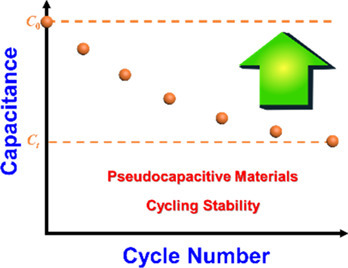
This review article surveys the strategies of addressing the cycling instability challenges associated with pseudocapacitive materials, including conjugated polymers, metal oxides, metal nitrides, metal carbides, and metal sulfides. Additionally, the article summarizes the failure modes of these materials, explains the mechanisms of the resolutions, and discusses the opportunities for obtaining pseudocapacitive electrodes with long-lasting charge-storage performance.
Recent advances in designing conductive hydrogels for flexible electronics
- Pages: 843-865
- First Published: 07 April 2020
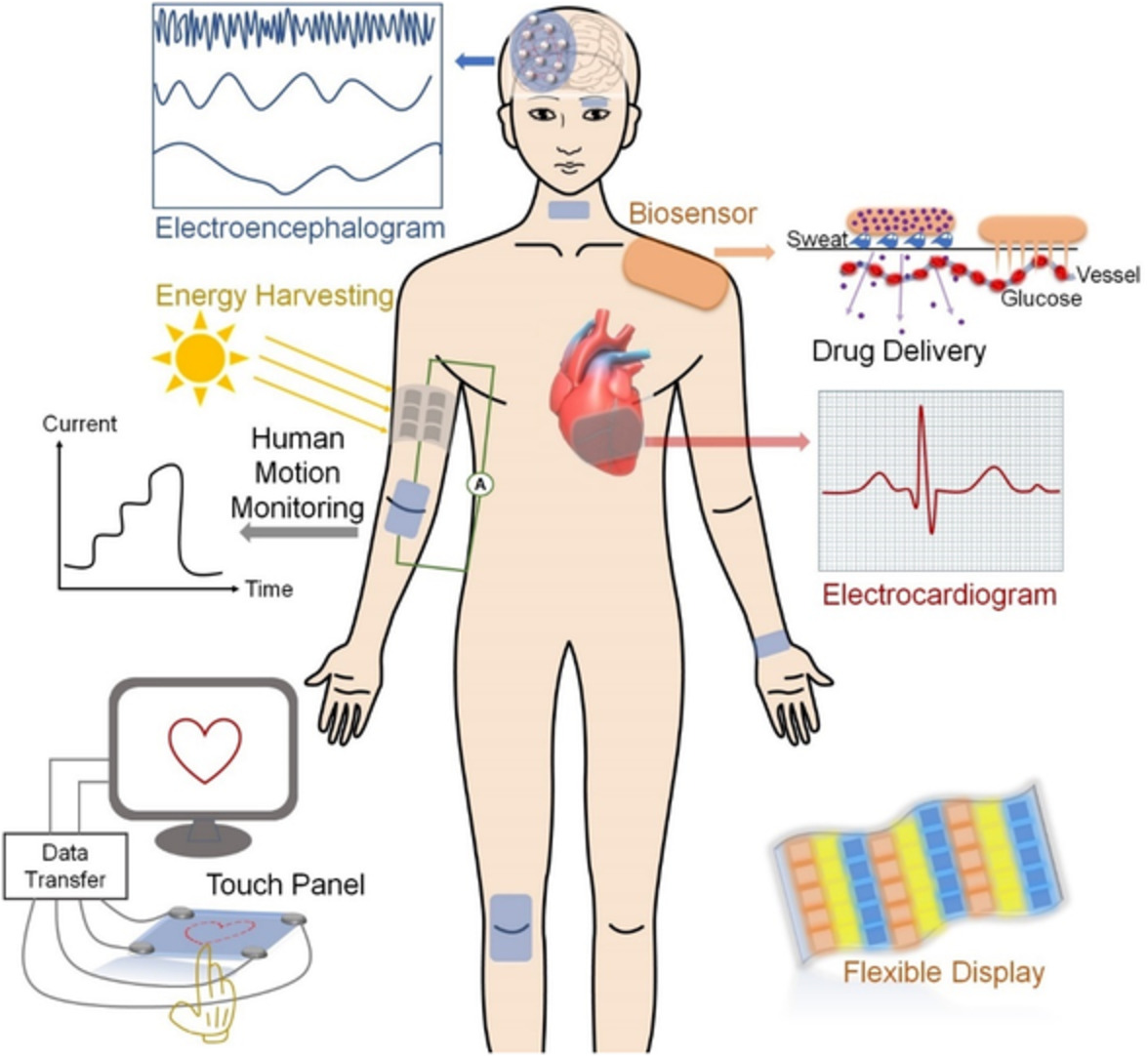
Flexible electronics can not only collect physiological signals for human health monitoring but also enrich our daily life with multifunctional smart devices by serving as ideal interfaces bridging biological systems and conventional electronic devices. In this review, recent advances in the design of conductive hydrogels (CHs) for flexible electronics are highlighted. Extensive electron-CHs and ionic-CHs as well as their hybrids are reviewed based on both fabrication strategies and associated applications in flexible electronics such as biosensors, batteries, supercapacitors, nanogenerators, actuators, touch panels, and displays. Current challenges and future research perspectives of CHs are also proposed.
Development of flexible Li-ion batteries for flexible electronics
- Pages: 866-878
- First Published: 07 April 2020

The development of flexible lithium-ion batteries for flexible electronic devices is reviewed from the aspects of battery structural design, active materials incorporation, and techniques to evaluate mechanical and electrochemical performance. Future research direction, particularly the need for standardized operando methods to probe the degradation of FLIBs is discussed.
Computational functionality-driven design of semiconductors for optoelectronic applications
- Pages: 879-904
- First Published: 27 February 2020
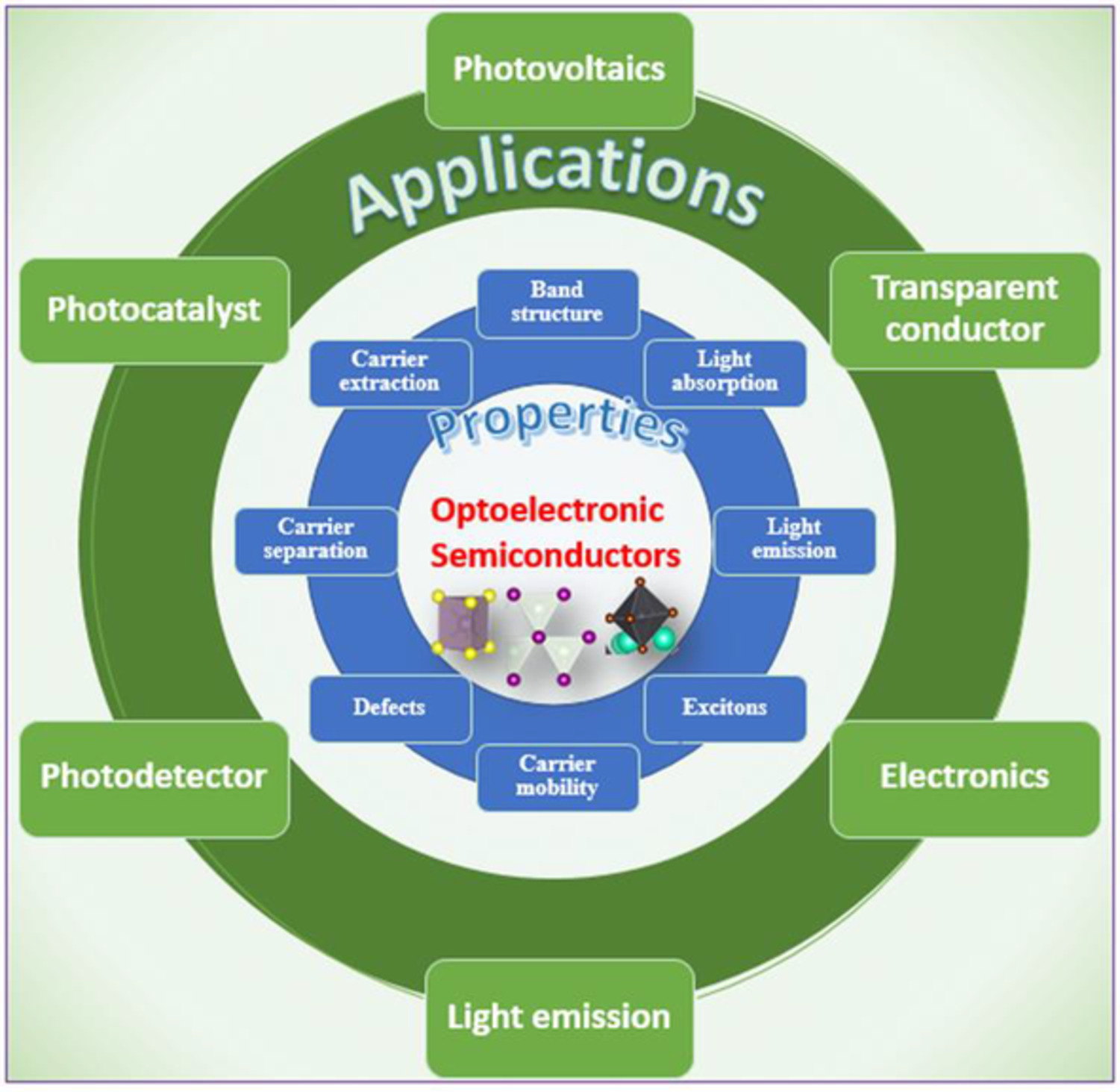
Computational functionality-driving design currently becomes a powerful approach for accelerating discovery of advanced materials, thus often enlisting the tools of theoretical computations to spearhead the developing novel functional material. A range of simulation techniques are being widely developed and applied to predict key properties related to materials for various optoelectronic applications. Such techniques vary from crystal-structure prediction (global optimization algorithm), inverse design of the material from the functionality oriented physical principles and high-throughput in-silico computational screening. We here review these design strategies and the computational methods associated with solid-state physicals that have applied to the development of novel optoelectronic materials by a few representative examples.
Optical properties and applications of two-dimensional CdSe nanoplatelets
- Pages: 905-927
- First Published: 07 April 2020
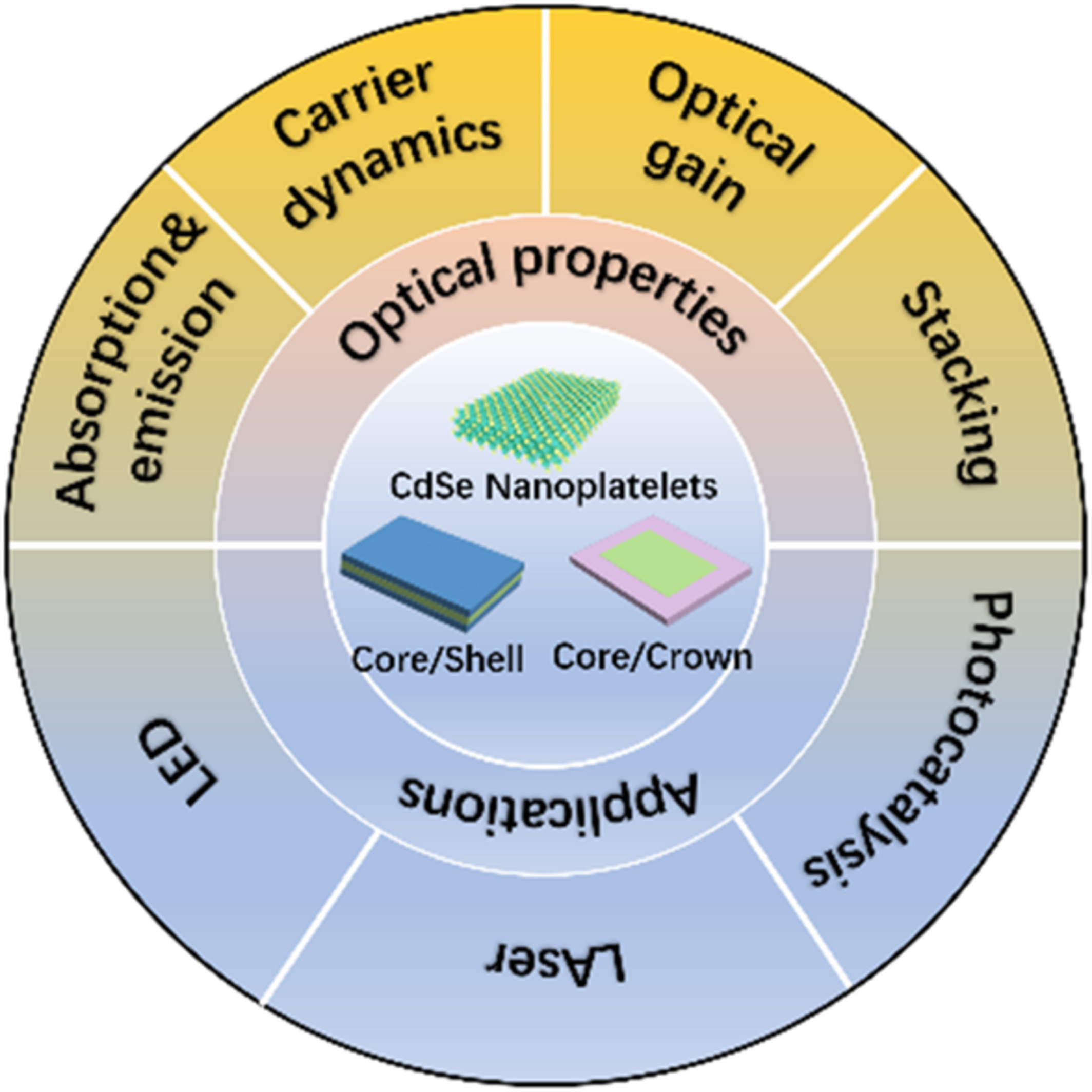
CdSe nanoplatelets (NPLs) is a quasi-two-dimensional nanomaterial with many unique properties, such as narrow emission peak, large absorption cross-section, large exciton binding energy and high optical gain. This review summarizes the optical properties and various applications of CdSe NPLs in recent years and point out some challenges, which will promote the further development of NPLs.
ORIGINAL ARTICLES
Synergistic engineering of hole transport materials in perovskite solar cells
- Pages: 928-941
- First Published: 27 November 2019
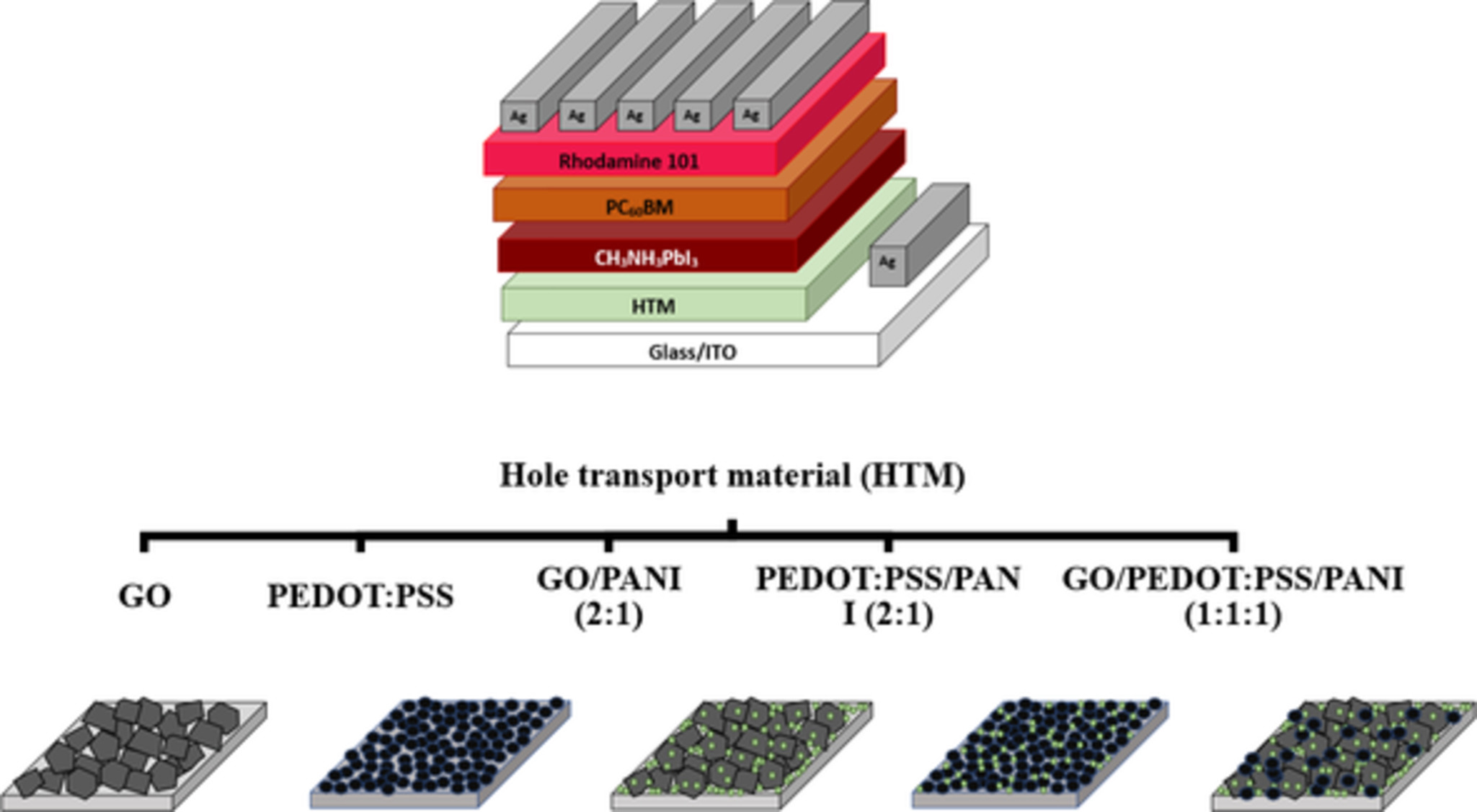
A synergistic engineering between graphene oxide (GO), polyaniline (PANI), and Poly(ethylenedioxythiophene):poly(styrene sulfonate) (PEDOT:PSS) was accomplished to introduce additional energy levels between perovskite and PEDOT:PSS and increase the conductivity of PEDOT:PSS. A higher performance for p-i-n perovskite solar cells has been obtained by adding the mixed dopant of GO, PANI, and PEDOT:PSS, demonstrating better stability than the pristine PEDOT:PSS cell.
Identifying rate limitation and a guide to design of fast-charging Li-ion battery
- Pages: 942-949
- First Published: 03 December 2019
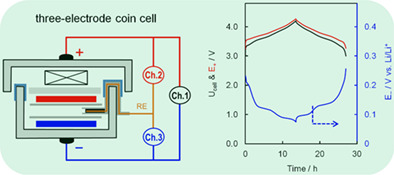
A three-electrode Li-ion coin cell with a Li reference electrode enables to simultaneously record the cell's voltage and electrodes’ potentials, and individually measure the cell's and electrodes’ impedances. A health graphite-LiNi0.80Co0.15Al0.05O2 Li-ion cell shows much higher impedance of the cathode than the anode, which makes it possible to safely charge Li-ion cells up to 10C without Li plating on the graphite anode.
V4C3Tx MXene: A promising active substrate for reactive surface modification and the enhanced electrocatalytic oxygen evolution activity
- Pages: 950-959
- First Published: 17 January 2020
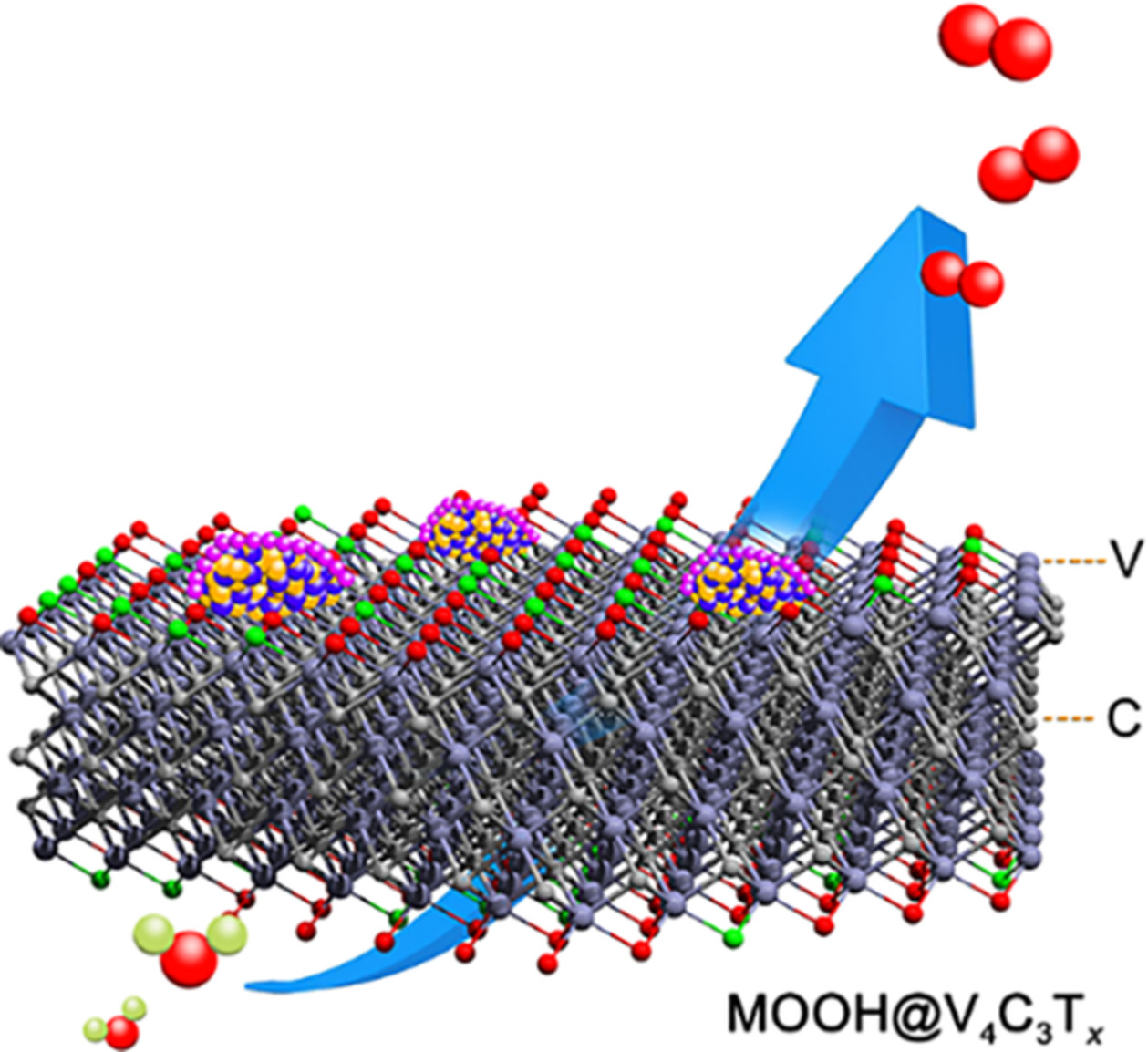
Presented are the novel nine atomic layered V4C3T x MXene and its ternary metal oxide hydroxides modified derivatives (denoted as MOOH@V4C3T x, M = Ni, Fe, and V). The nanohybrids present good OER activity and excellent long-time stability, which demonstrates the promising future of multilayered M4X3 MXenes as substrates for the reactive synthesis of advanced energy conversion and storage materials.
The role of oxygen vacancies in the high cycling endurance and quantum conductance in BiVO4-based resistive switching memory
- Pages: 960-967
- First Published: 17 January 2020
Experimental observation of coupled valley and spin Hall effect in p-doped WSe2 devices
- Pages: 968-974
- First Published: 29 February 2020
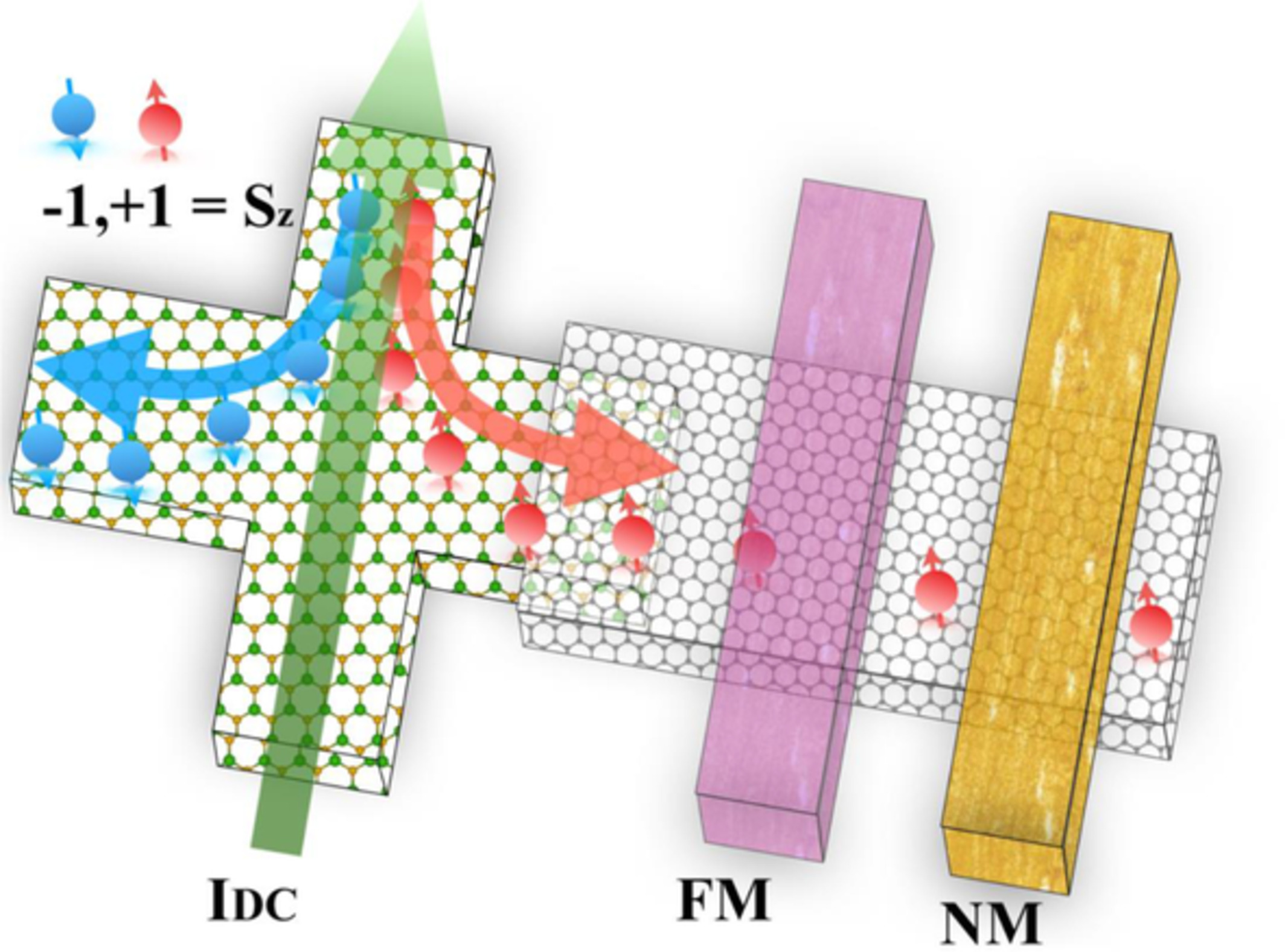
Spin current with out-of-plane polarization is generated in monolayer WSe2 by passing charge current in the transverse direction. Spins diffuse through a graphene channel and get detected by a non-local spin valve that consists of a ferromagnetic electrode and a non-magnetic electrode. This is the first time that valley locked out-of-plane spins are electrically generated and detected, which sheds light on potential valleytronic applications and novel information transport and storage.
Vapor phase fabrication of three-dimensional arrayed BiI3 nanosheets for cost-effective solar cells
- Pages: 975-983
- First Published: 17 December 2019
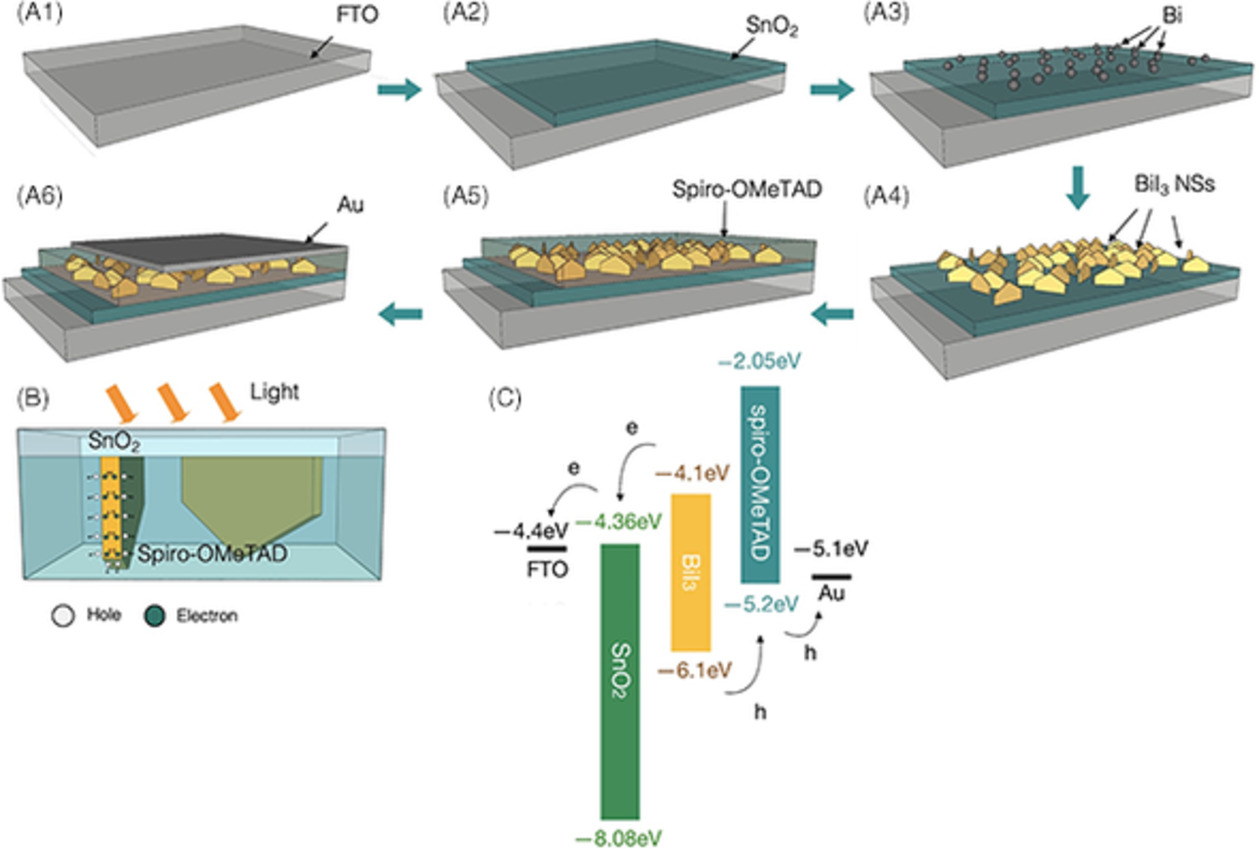
The issue of ineffective carrier transport and collection of multilayered materials in the randomly oriented polycrystalline thin-film is tackled by producing the 3D heterojunction BiI3 NSs solar cells, which embed vertically aligned monocrystalline BiI3 NSs into spiro-OMeTAD. The preferred orientation of BiI3 NSs and large p-n junction areas enable a strong light absorption and effective carrier transport and collection.
Enabling an intrinsically safe and high-energy-density 4.5 V-class Li-ion battery with nonflammable electrolyte
- Pages: 984-992
- First Published: 05 February 2020
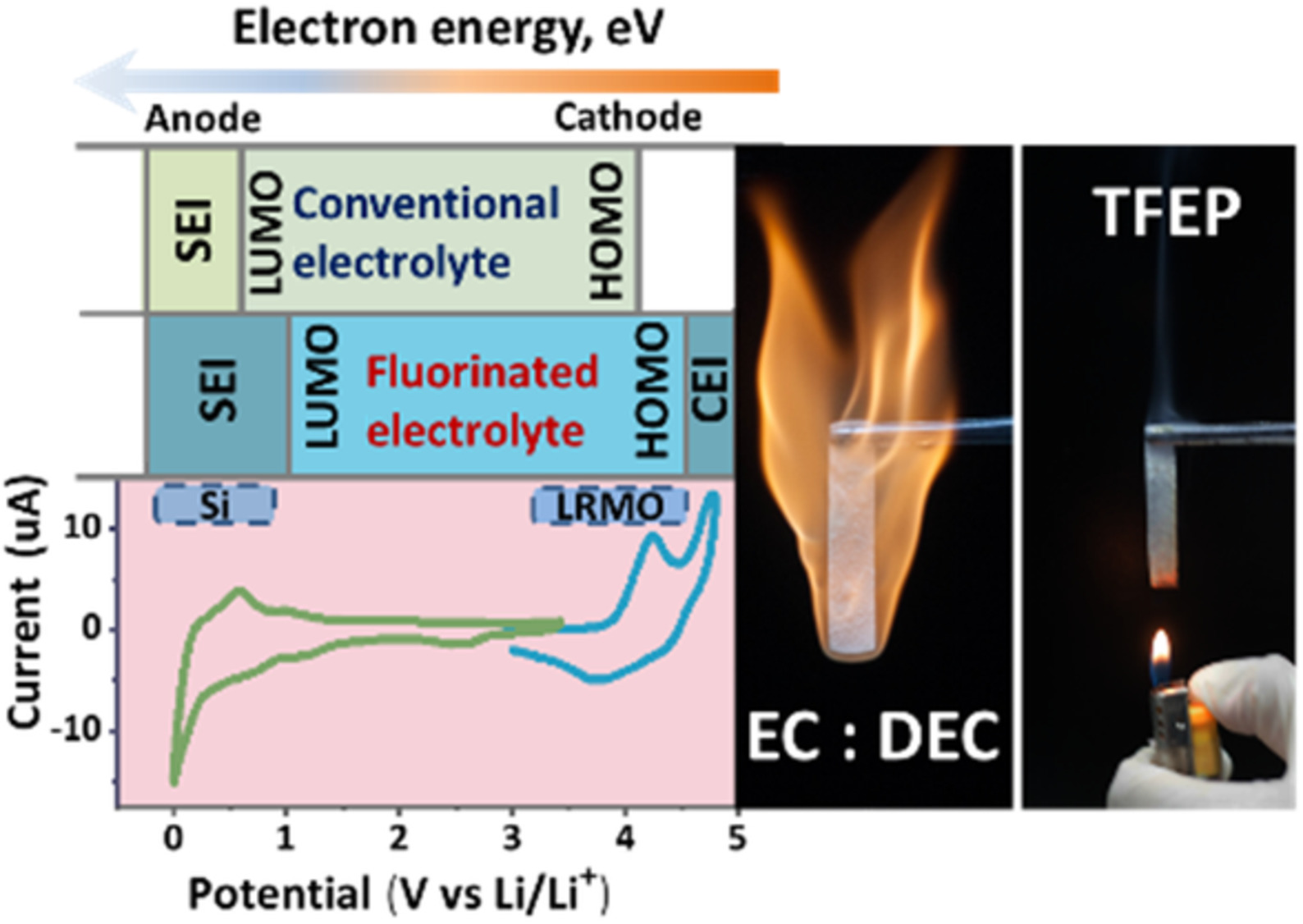
A fluorinated phosphate electrolyte (0.8 M LiPF6/tris(2,2,2-trifluoroethyl) phosphate + 5 vol% fluoroethylene carbonate + 5 vol% vinylene carbonate) with completely nonflammability and excellent oxidative/reductive stability is proposed for high-safety 4.5 V-class Li-ion batteries (Si-SiC-C/0.35Li2MnO3·0.65LiNi0.5Mn0.5O2). The FEC-VC coadditives not only contribute to a stable solid electrolyte interface film on anode but a stable cathode electrolyte interface on cathode.




